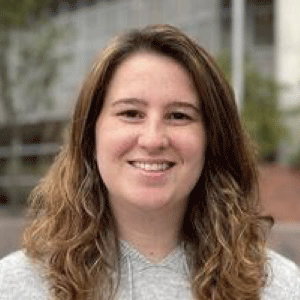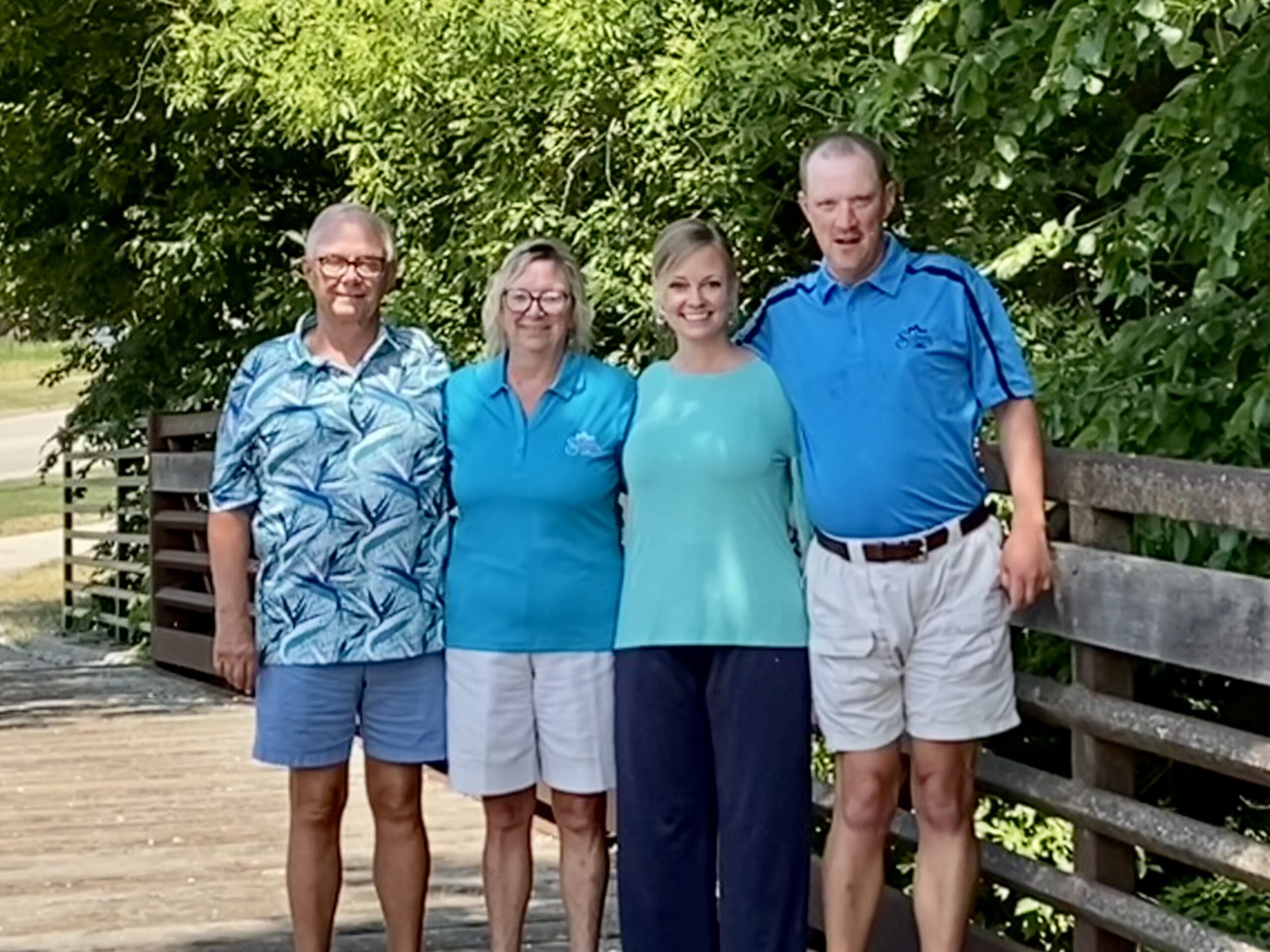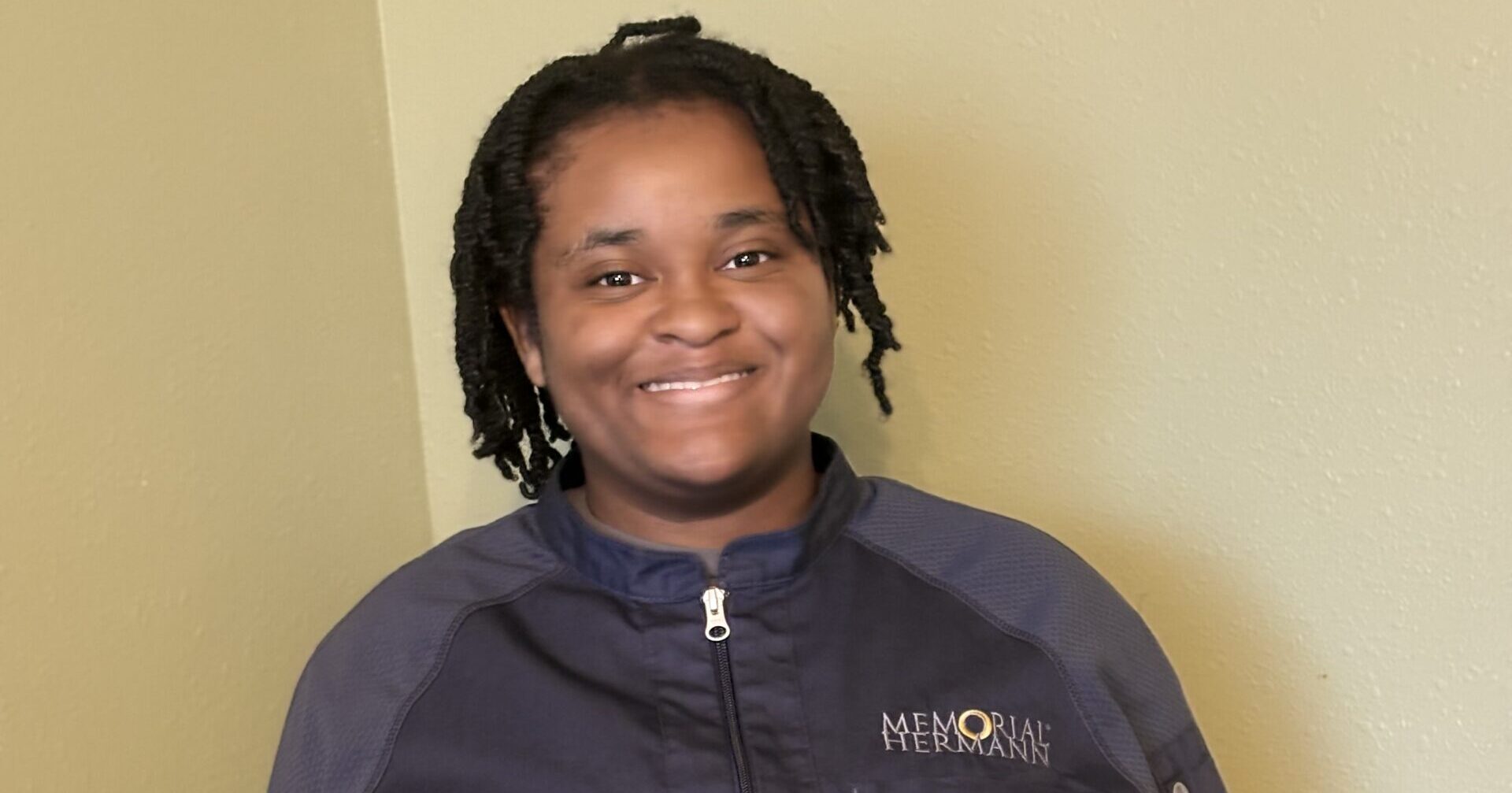Congratulations to 2025’s three NFXF Summer Scholars — Susana Lopez-Ignacio, Tanvi Kamra, and Shelby Dauterman!
The Randi J. Hagerman Summer Scholars Research Awards are designed to introduce undergraduate and graduate students to the field of Fragile X research. The NFXF helps to do this by funding summer research projects that add to the body of knowledge around Fragile X in meaningful ways.
Our 2025 awardees were asked to summarize their summer project in a 15-minute video presentation and provide a short paragraph about their experience. You can watch each of the presentations and read the summaries below.
Summer Scholars and mentors, thank you for your dedication to Fragile X research!
Susana Lopez-Ignacio

Cell-Type Specific X-Chromosome Inactivation in Fragile X-Associated Tremor/Ataxia Syndrome
Affiliation: Third-year graduate student, Human Medical Genetics & Genomics Program at the University of Colorado Anschutz Medical Campus
Mentor: Caroline Dias, MD, PhD, Department of Pediatrics, University of Colorado Anschutz Medical Campus
Project Summary: Females living with Fragile-X related conditions present with unique clinical patterns, but the source of this heterogeneity is poorly understood. This project will help clarify how the human female brain is uniquely impacted in premutation associated conditions by leveraging the invaluable gift of post-mortem human tissue. By studying how different cell types are impacted in the human condition directly, we hope to create a better understanding of the unique features of the human female brain in Fragile-X related conditions that could ultimately pave the way for better treatment of these potentially devastating conditions.
In their own words:
“Thank you so much for the opportunity of being part of this program. I loved how warm and welcoming the community was to us and I hope we can keep in touch!””
—Susana Lopez-Ignacio, University of Colorado Anschutz Medical Campus
Tanvi Kamra

Integrative Multiomic Analysis of Postmortem Brains from Patients with Fragile X-Associated Disorders
Affiliation: Junior undergraduate student, Neuroscience and Behavioral Biology Program, Emory University
Mentor: Nisha Raj, PhD, Department of Human Genetics, Emory University School of Medicine
Project Summary: Since the identification of FMR1 as the causal gene for Fragile X associated disorders, we have made tremendous progress in understanding Fragile X syndrome (FXS) and Fragile X-associated tremor/ataxia syndrome (FXTAS). Animal knockout models and patient stem cell-derived models have provided invaluable biological insight into the Fragile X messenger ribonucleoprotein 1 (FMRP); however, we know very little about the molecular consequences of disrupting FMRP expression in the human brain.
In this project we propose a comparative proteomic and transcriptomic analysis of postmortem brains from adult full mutation FXS cases, FXTAS cases, and neurotypical controls. While there have been a few transcriptomic studies on FXS and FXTAS, proteins are the effectors of the transcriptome and proteomic analyses in this field are largely lacking. Furthermore, studying the adult human brain sheds light on the effect of FMR1 mutations beyond early development. To our knowledge such an analysis has not been performed before, and we anticipate that our results will provide significant mechanistic and functional insight into both disorders as well inform future therapeutic strategies.
In their own words:
“The National Fragile X Foundation Randi J. Hagerman Summer Scholars Award has been a truly transformative experience. This summer, I had the opportunity to engage in meaningful research exploring the molecular basis of Fragile X-associated conditions, with a specific focus on what is, to our knowledge, the first proteomic analysis of the full mutation in post-mortem human brain tissues. Over the course of the program, I developed a comprehensive understanding of both transcriptomic and proteomic methodologies, gaining hands-on experience in molecular techniques such as immunohistochemistry, TaqMan qPCR, and Western blotting, and in advanced analysis of mass spectrometry and RNA sequencing data.
“Equally valuable was the opportunity to immerse myself in the vibrant scientific community at Emory. Collaborating with the faculty and graduate students in the field of neurodevelopmental disorders enriched my scientific vocabulary and helped me build my confidence in discussing my work. The environment fostered a strong sense of mentorship that empowered me to grow not only as a student but as a young scientist ready to contribute meaningfully to the field. This experience has not only solidified my passion for neuroscience and translational research but has also equipped me with the foundational skills and mindset needed to pursue graduate-level research focused on the molecular mechanisms underlying neurodevelopmental disorders like Fragile X syndrome. I am extremely grateful that the Randi J. Hagerman Summer Scholars award gave me an opportunity to share my work with the community and allow my work to be impactful in the field.”
—Tanvi Kamra, Emory University School of Medicine
Shelby Dauterman

Neurovascular Coupling in FXS: Novel Insights for Targeted Therapeutics
Affiliation: Third-year graduate student, Neuroscience Graduate Program, University of Cincinnati
Mentor: Craig Erickson, Department of Psychiatry and Behavioral Neuroscience and Cincinnati Children’s Hospital Medical Center, Department of Child and Adolescent Psychiatry, University of Cincinnati
Project Summary: For neurons to communicate quickly and efficiently, they need a steady supply of nutrients. When neurons in the brain are active, or firing frequently, they also release chemical messengers that communicate these needs to blood vessels in the brain. The process by which the brain signals blood vessels to increase the delivery of nutrients to active brain areas is called “neurovascular coupling.”
In FXS, neurovascular coupling may be disrupted, leading to reduced blood flow where it is needed most. By exploring neurovascular coupling in FXS, we hope to better understand symptoms and identify new therapeutic targets. We are using a new way of combining neuroimaging methods, multimodal fNIRS/EEG, to measure exactly how well the brain determines different needs for nutrients across the brain and meets that need by increasing blood flow. This project is the first of its kind to be completed with humans living with FXS.
In their own words:
“Receiving the Dr. Randi J. Hagerman Summer Scholar Research Award has been an incredible honor that has advanced both my research and my growth as a scientist. This support allowed me to pursue my work on novel mechanisms in Fragile X syndrome while also learning from leaders in the field. Just as importantly, it connected me with individuals and families who live with Fragile X every day. Meeting them reminded me that our work is not only about data and experiments, but about improving lives.
“For me, this experience has reinforced the importance of collaboration between researchers and the Fragile X community. The community’s strength, generosity, and commitment to advancing science continues to motivate me through the challenges of my research and schooling. I am deeply grateful for this award and the opportunity to carry forward this work with a clearer sense of purpose and responsibility.”
—Shelby Dauterman, University of Cincinnati
Susana, Tanvi, and Shelby, congratulations once again on this scholarship award and all your hard work this summer! We know your futures are bright, and we look forward to seeing what amazing things you all do!






